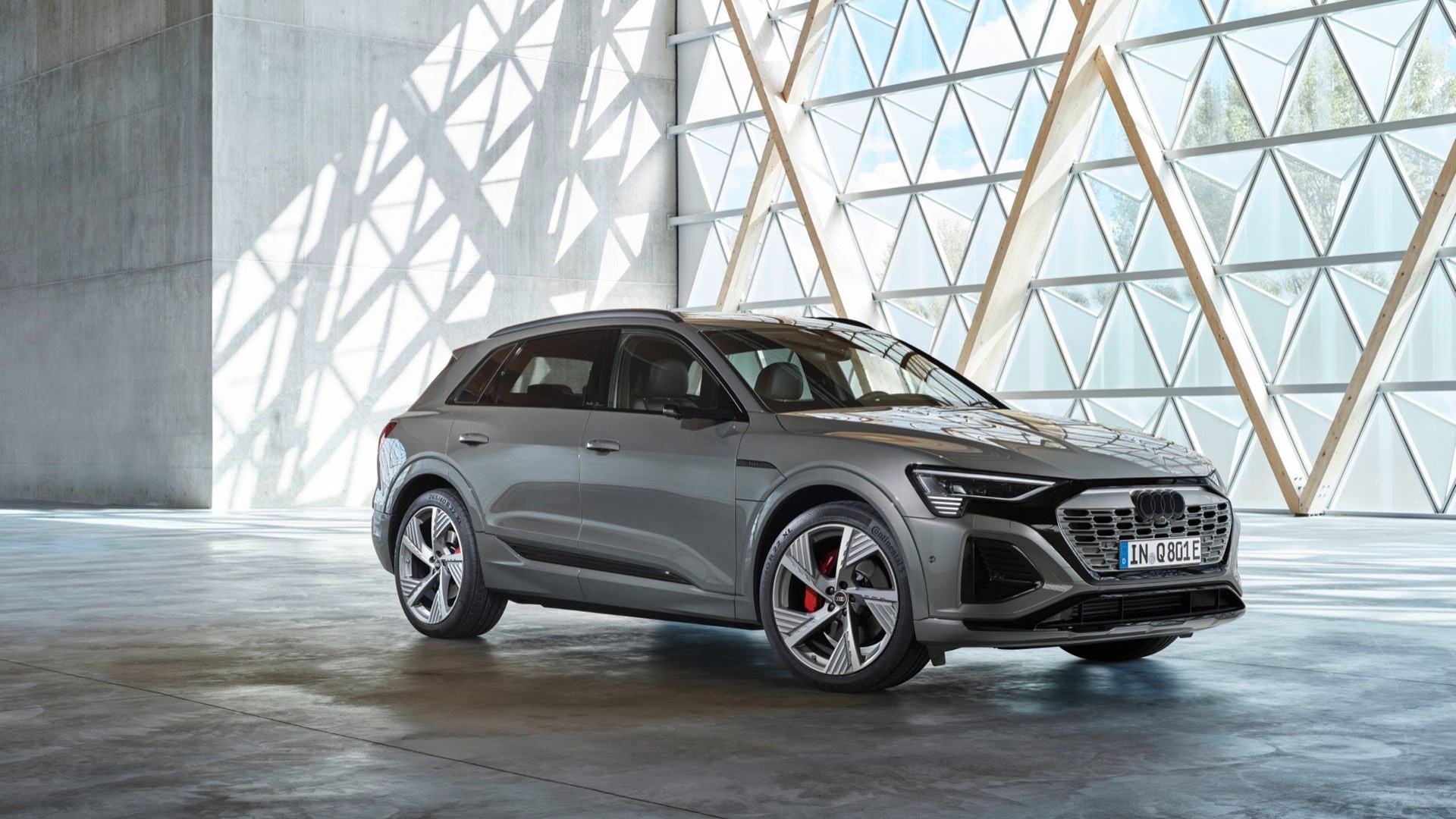Federal investigators said Thursday that a Tesla Model X traveling on Autopilot in California sped up before crashing into an highway barrier, killing its driver and striking two other cars.
A preliminary report was made available by the National Transportation Safety Board detailing the moments before and after the March crash near Mountain View, California. In that report, investigators said the car's Autopilot system actually increased speed in the moments leading up to the crash and didn't attempt to brake or steer clear of the barrier.
According to the report, Walter Huang was traveling south on U.S. Highway 101 as he approached State Highway 85. Investigators say Huang's Model X was traveling with its Autopilot set to 75 mph on US-101 when it veered left through the painted highway divider and struck a damaged highway barrier.
According to the San Francisco Chronicle, Huang complained to his family earlier that his 2017 Tesla Model X had attempted to veer into the barrier while on Autopilot before.
A spokeswoman for Tesla declined to comment on the report, but offered the company's March 30 response that pointed to the damaged highway barrier as a contributor to the severity of the crash.
Investigators said the Tesla slowed from 75 mph to 65 mph behind a slow-moving vehicle before it struck the barrier at 71 mph, which sheered off part of the car. The severed Model X then struck a 2010 Mazda 3 and a 2017 Audi A4.
Information from the Model X shows that Huang had engaged Autopilot four times during his 32-minute trip, including a nearly 19-minute stint leading up to the crash. Recovered data showed that Huang, an engineer for Apple, received alerts from the car to place his hands on the steering wheel more than 15 minutes before the crash.
DON'T MISS: Fatal crash in Florida is first reported Tesla Autopilot death
In the minute leading up to the crash, investigators said Huang had placed his hands on the steering wheel three separate times, for a total of 34 seconds, but he didn't touch the steering wheel in the six seconds leading up to the crash.
The report noted that at four seconds before impact, Model X was no longer following a car in front and began to speed up. At three seconds before impact, the Tesla accelerated from 62 to 70.8 mph before striking the barrier.
The report concluded that the Tesla did not attempt to brake or steer clear of the barrier.
The report—and grizzly pictures—come after increased scrutiny on how users may be using the Autopilot system. In April, a woman in Utah crashed her Model S traveling at 60 mph into a fire truck while using Autopilot. Preliminary reports indicated the Model S she was traveling in may have sped up—similar to Huang's Model X—in the moments leading up to the crash. The woman sustained minor injuries.
Here is the scene on Highway 101S in #MountainView where a #Tesla caught on fire pic.twitter.com/ksnidlFgsw
— Dean C. Smith (@DeanCSmith) March 23, 2018
Last month, a Model S traveling in Southern California hit an unoccupied parked police vehicle while reportedly using Autopilot, prompting some calls that Tesla should stop marketing its cars as "self-driving."
UPDATE: This story has been updated with a comment from Tesla.



